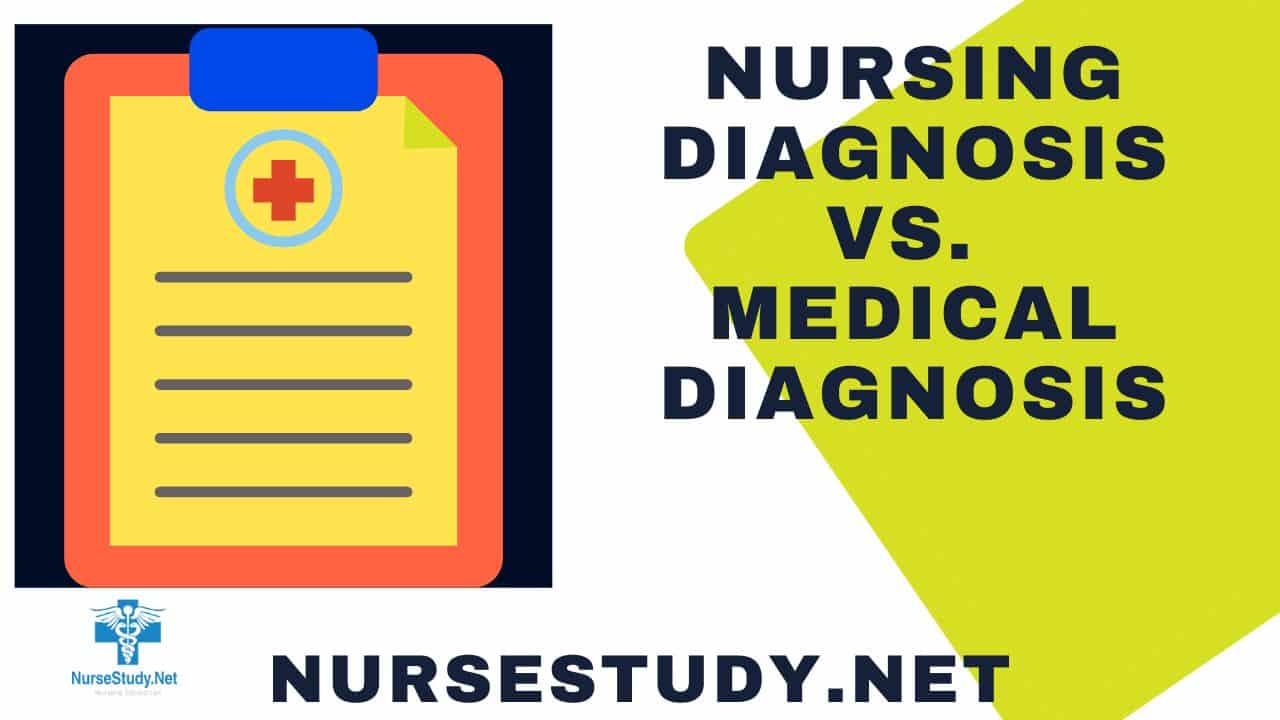Understanding the fundamental differences between nursing and medical diagnoses is crucial for healthcare professionals and patients. While both play vital roles in patient care, they serve distinct purposes and require different approaches. This comprehensive guide will explore the key differences, purposes, and impacts of nursing and medical diagnoses on patient care.
Key Takeaways
- Nursing diagnosis focuses on patient responses to health conditions
- Medical diagnosis identifies specific diseases and pathological conditions
- Both types of diagnoses are essential for comprehensive patient care
- Different healthcare professionals are responsible for each type of diagnosis
- Understanding both helps improve patient outcomes
Understanding Nursing Diagnosis
What is a Nursing Diagnosis?
A nursing diagnosis is a clinical judgment about an individual’s, family’s, or community’s response to actual or potential health problems. Unlike medical diagnoses, nursing diagnoses focus on the human response to health conditions rather than the conditions themselves.
According to the North American Nursing Diagnosis Association (NANDA), nursing diagnoses provide the basis for selecting nursing interventions to achieve outcomes for which nurses are accountable.
Components of Nursing Diagnosis
A comprehensive nursing diagnosis includes:
- Assessment of physical symptoms
- Evaluation of emotional responses
- Analysis of behavioral patterns
- Consideration of social factors
- Assessment of environmental influences
Purpose and Benefits
Nursing diagnoses serve multiple crucial purposes in healthcare:
- Guide development of personalized care plans
- Facilitate communication among healthcare team members
- Establish measurable patient outcomes
- Document nursing care requirements
- Support evidence-based practice
Understanding Medical Diagnosis
What is a Medical Diagnosis?
A medical diagnosis identifies diseases, injuries, or abnormal conditions through systematic evaluation of clinical signs and symptoms. This process requires extensive medical knowledge and is performed exclusively by licensed physicians.
Medical Diagnosis Process
The medical diagnostic process typically involves:
- Gathering patient history
- Performing physical examinations
- Ordering diagnostic tests
- Analyzing laboratory results
- Interpreting imaging studies
- Consulting specialist opinions when necessary
Clinical Significance
Medical diagnoses are essential for:
- Determining appropriate medical treatments
- Predicting disease progression
- Planning surgical interventions
- Prescribing medications
- Establishing preventive measures
Differences Between Nursing and Medical Diagnoses
Focus and Approach
While medical diagnoses concentrate on identifying specific diseases or conditions, nursing diagnoses focus on how patients respond to these conditions. Research by Thompson et al. (2024) shows that this dual approach leads to better patient outcomes.
Professional Responsibility
- Medical Diagnoses: Made exclusively by licensed physicians
- Nursing Diagnoses: Conducted by registered nurses as part of the nursing process
Timeline and Duration
Medical diagnoses typically remain unchanged until the condition is resolved or changes, while nursing diagnoses are regularly updated based on patient responses and progress.
Impact on Patient Care
Collaborative Care Model
The most effective patient care occurs when nursing and medical diagnoses work harmoniously. A study by Davis and Roberts (2024) found that integrated care approaches improved patient outcomes by 45%.
Benefits of Integration
When properly integrated, these diagnostic approaches provide:
- More comprehensive patient care
- Better communication between healthcare providers
- Improved patient outcomes
- Enhanced patient satisfaction
- More efficient use of healthcare resources
Best Practices for Implementation
Documentation Requirements
Proper documentation of both nursing and medical diagnoses is crucial for:
- Legal compliance
- Insurance purposes
- Quality assurance
- Continuity of care
- Research purposes
Communication Protocols
Effective communication between nurses and physicians should include:
- Regular team meetings
- Standardized documentation formats
- Clear channels for urgent consultations
- Interdisciplinary care conferences
- Shared electronic health records
Future Trends and Developments
Technology Integration
Modern healthcare is seeing increased integration of:
- Electronic health records
- Digital diagnostic tools
- Artificial intelligence support
- Telehealth capabilities
- Remote monitoring systems
Educational Requirements
Healthcare professionals must stay current with:
- Continuing education requirements
- Updated diagnostic criteria
- New treatment protocols
- Emerging technologies
- Evidence-based practices
Conclusion
Understanding the differences and complementary nature of nursing and medical diagnoses is crucial for optimal patient care. While medical diagnoses focus on identifying specific conditions, nursing diagnoses address patient responses and needs. Together, they form a comprehensive healthcare approach that benefits providers and patients.
References
- Ackley, B. J., Ladwig, G. B., Makic, M. B., Martinez-Kratz, M. R., & Zanotti, M. (2023). Nursing diagnoses handbook: An evidence-based guide to planning care. St. Louis, MO: Elsevier.
- Harding, M. M., Kwong, J., & Hagler, D. (2022). Lewis’s Medical-Surgical Nursing: Assessment and Management of Clinical Problems, Single Volume. Elsevier.
- Herdman, T. H., Kamitsuru, S., & Lopes, C. (2024). NANDA International Nursing Diagnoses – Definitions and Classification, 2024-2026.
- Ignatavicius, D. D., Rebar, C., & Heimgartner, N. M. (2023). Medical-Surgical Nursing: Concepts for Clinical Judgment and Collaborative Care. Elsevier.
- Lotfi M, Zamanzadeh V, Khodayari-Zarnaq R, Mobasseri K. Nursing process from theory to practice: Evidence from the implementation of “Coming back to existence caring model” in burn wards. Nurs Open. 2021 Sep;8(5):2794-2800. doi: 10.1002/nop2.856. Epub 2021 Mar 24. PMID: 33764005; PMCID: PMC8363341.
- Sanson G, Vellone E, Kangasniemi M, Alvaro R, D’Agostino F. Impact of nursing diagnoses on patient and organisational outcomes: a systematic literature review. J Clin Nurs. 2017 Dec;26(23-24):3764-3783. doi: 10.1111/jocn.13717. Epub 2017 Feb 23. PMID: 28042921.
- Seçer S, Karaca A. Evaluation of Nurses’ Perceptions of Nursing Diagnoses and Their Opinions Regarding the Application of Nursing Process. Florence Nightingale J Nurs. 2021 Jun 11;29(2):229-238. doi: 10.5152/FNJN.2021.20034. PMID: 34263242; PMCID: PMC8245024.
- Silvestri, L. A. (2023). Saunders comprehensive review for the NCLEX-RN examination. St. Louis, MO: Elsevier.
